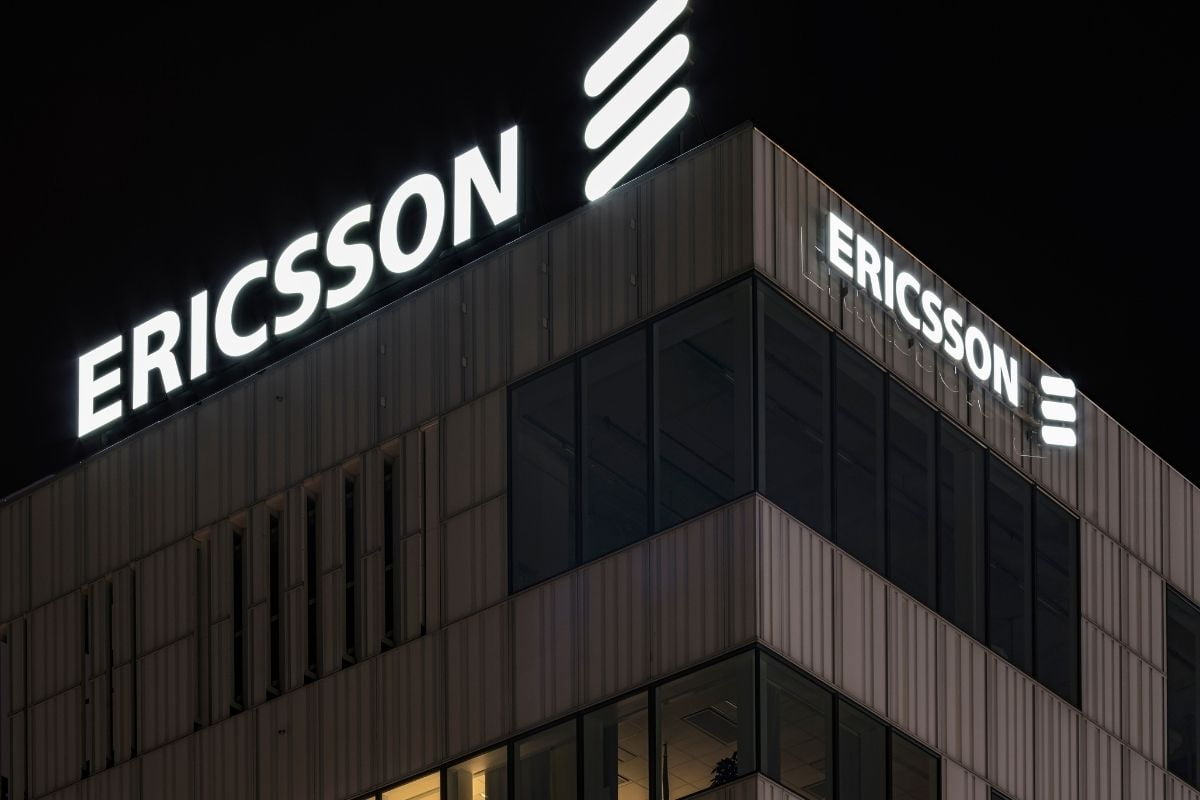
Ericsson has been investing substantial efforts and innovative technologies in the development of 5G network. In the latest happening, the Swedish multinational giant and Telia have teamed up with Qualcomm Technologies to jointly elevate the 5G innovations plans by testing a fresh industry-best feature in Telia’s commercial 5G network. The recent initiative adds to Ericsson and Telia’s 5G alliance that aims to hoist 5G for both smartphone users and emerging 5G use cases for consumers and enterprises. The new 5G standalone feature-inactive state of Radio Resource Control (RRC Inactive) reduces the amount of signalling, which is essential during state transitions. This further results in lowering both latency and battery consumption which are crucial for 5G use cases and ample IoT.
RRC Inactive was Implemented Using Ericsson Software
The RRC Inactive was implemented using 5G standalone network nodes, Ericsson’s software and a test device backed by Snapdragon X60 Modem-RF system. The combined efforts of entities created a successful transition between a connected state and an inactive state without the device falling back. The transition to the new inactive state resulted in lower latency for the end-user. The access latency was shortened up to 3x in the test. The lower latency feature will have a substantial impact on user experience in exclusive areas such as cloud gaming, where latency and reliability demands are high.
Battery Savings up to 30% was Also Achieved During the Test
The entities were also able to witness battery savings up to 30% for the modem compared to not activating the feature. It is also speculated that implementing the new feature will result in longer battery life for a 5G smartphone user. Stefan Javerbring, who is the CTO of Telia company, stated that the entity is pumped to provide a new and enhanced experience for customers with a close partnership with Ericsson. The Swedish multinational company has had a leading role in defining the functionalities. The development of the inactive states has been driven by the growing field of Machine-Type-Communication. For present and future 5G cases, improved connection, state, and mobility handling have been identified as important parts of efficient support.















